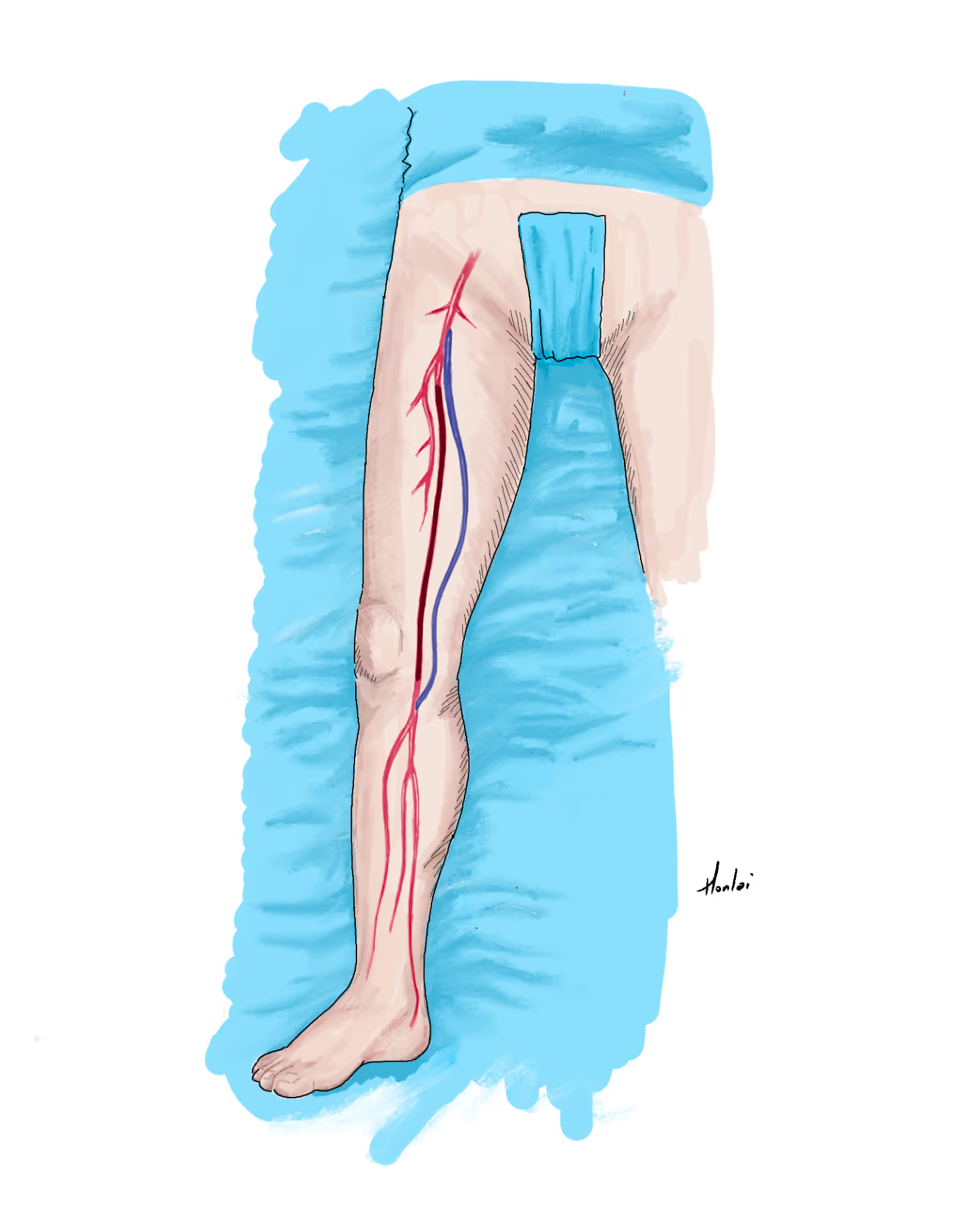
In lower limb occlusive disease with life-threatening symptoms (rest pain, gangrene, disabling claudication) peripheral arterial reconstruction may be necessary. Among open surgical procedures femoro-popliteal oder femoro-distal bypass surgery are the most often used techniques. Meticulous anastomotic techniques are therefore of upmost importance.
Learning targets
Assessment of anastomoses (outside and inside aspect)
.avif)
The Vascular International (VI) School for Vascular Surgery is dedicated to advancing the training and education of vascular surgical techniques through the use of lifelike models. With patient safety as the top priority, VI continuously strives to enhance vascular surgery training, ensuring the highest standards of safe and effective open and endovascular patient care.
About Us